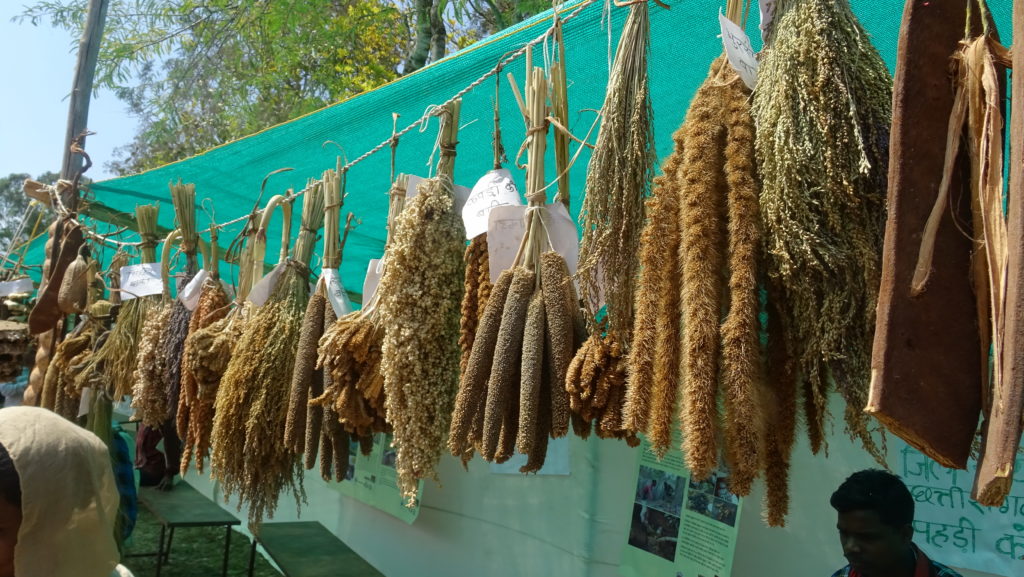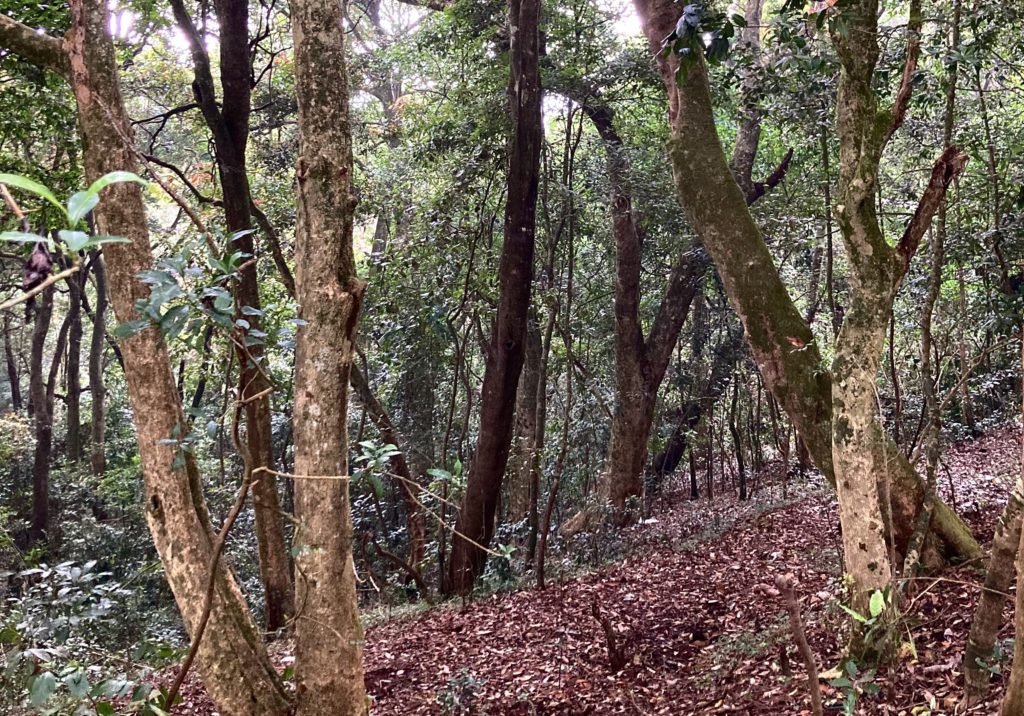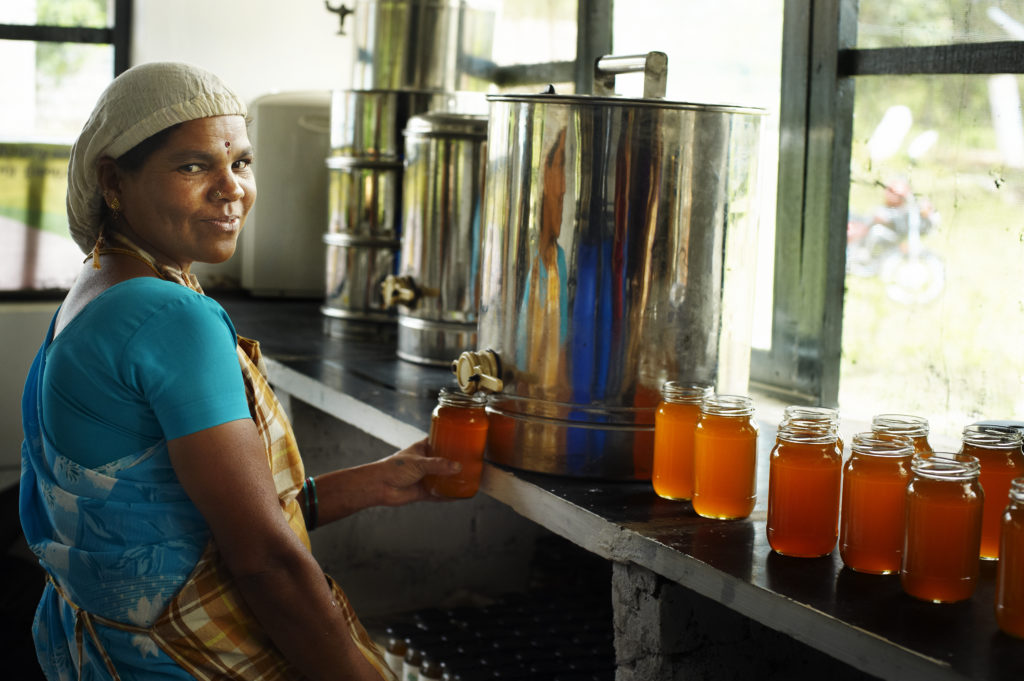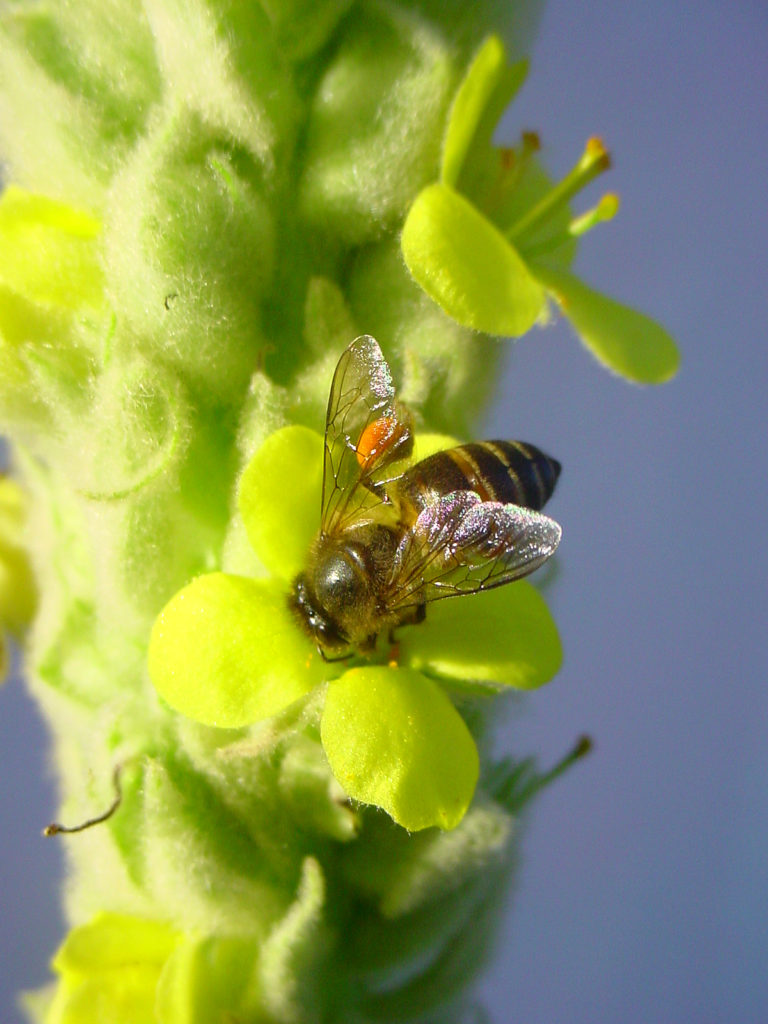Connecting Culture and Ecology in the Nilgiri Biosphere Reserve
A rich ecosystem in southern India shows the effects of climate change, growing urbanization and lack of ecological sensitivity.
Alexander von Humboldt (1769-1859) wrote the first texts of ‘biogeography’ which meticulously described the geography of plants along a mountain in South America, showing how several factors like altitude, humidity and temperature influence biodiversity. Had Humboldt traversed India’s Nilgiri Mountains, he would have found the perfect example to describe his theory of interconnectedness. oday we also understand that cultural practices play an important role in shaping landscapes: pastoralists set low grade fires to maintain grasslands; rotational agriculture results in forest clearings for human settlements; riverbanks are rerouted to hold and divert excess water.
Rather than acknowledging their potential as custodians of their ecosystems, people’s dependence on natural resources is perceived as the root of biodiversity loss.
However, in the Nilgiris over a span of 200 years, development in the form of roads, tunneled mountains, dams, reservoirs and monoculture plantations have hastened a loss of biodiversity which has far-reaching impacts on people and wildlife. While many communities may have adapted by learning new skills, this has not been the case for indigenous communities who hold on to the last threads of an ancient connection to the landscape. Sightings of wildlife like gaur, bears and elephants moving through human settlements and tea plantations foraging for trash are becoming increasingly common. Are they searching for old routes of migration? Are they attempting to connect to a landscape they no longer recognize?
Preserving a bio-cultural hotspot
In 1986, a large contiguous region of the Western Ghats, spreading across the states of Tamil Nadu, Karnataka and Kerala, was declared the Nilgiri Biosphere Reserve (NBR) in recognition of its rich biodiversity, which includes a number of rare, threatened and endangered species. This mountain range, along with the entire stretch of the Western Ghats, is older than the Himalayas and has several plants and animals that are similar in origin. Seventy-five percent of the reserve is under the protected area network of tiger reserves, national parks and reserved forests, which have the highest level of state protection. The NBR is also India’s first reserve under the UNESCO’s Man and Biosphere Program, in recognition of the high cultural diversity that coexists alongside the rich biodiversity. Thirty distinct indigenous groups and several local communities with unique languages and cultural practices are first dwellers of this ancient land.
Their language, food, knowledge and belief systems are intricately linked to the grassland, the land of their sacred buffalo and ancestors. One cannot exist without the other.
To the south-west of the NBR, for example, in a stretch of lower elevation evergreen forests which were declared the Karimpuzha Wildlife Sanctuary, endangered lion-tailed macaques roam free, swinging through the canopy. Also living in these forests are the Kattunayaka, Paniya and Cholanayaka indigenous people, for whom the forest is an important provider of livelihoods. Whether providing fish, honey or plant resources, the forest is a safety net that ensures their nutrition and supports their incomes and lifestyles. While traditional models of co-existence with nature are practiced amongst indigenous people, these lifestyles are threatened by rapid, unchecked development, a lack of consultation and inclusion in policy-making and climate change-related environmental disasters.

In 1993, Keystone Foundation, an eco-development non-profit based in the Nilgiris, began its initial study of honey collection and traditional bee-keeping methods. Three decades later, Keystone’s relationship with indigenous communities has evolved into several collaborations. These are all working towards the goal of sustainable development in an ecologically sensitive mountain range. From reviving native beekeeping among indigenous youth to facilitating trainings on organic farming to setting up thousands of native kitchen gardens, the bees inspired us to further our mission of enhancing indigenous quality of life and the environment.
The restoration of a biosphere
Since the end of the British Raj era (1757-1947), conservation and development have been seen as mutually exclusive, a colonial perspective that has persisted in the form of policy and decision-making. Rather than acknowledging their potential as custodians of their ecosystems, people’s dependence on natural resources is perceived as the root of biodiversity loss. Protected areas have been designed to reduce access to the resources indigenous people have managed sustainably, leaving them alienated and impoverished.
One unique habitat of the Nilgiris is the Shola-grassland mosaic, evergreen forests and grasslands up to 2,600 meters above sea level. Lodged within the mountains, they are sheltered from the high-speed winds of this altitude. From the 1800s to mid-1900s, timber-based industry facilitated the cultivation of trees like acacia and eucalyptus in Shola areas. The persistent spreading of these trees remains a significant threat to the remaining grasslands. Loss of grasslands is beyond habitat degradation. For the Toda, an indigenous pastoralist community, life itself is threatened. Their language, food, knowledge and belief systems are intricately linked to the land of their sacred buffalo and ancestors. One cannot exist without the other.

Keystone Foundation is at the frontline of ecosystem restoration efforts in the Nilgiris, engaging children and adults in restoring patches of degraded habitats. Many of our restoration sites are public spaces in schools, tea factories, government buildings, hill wetlands and stream banks. The nurseries at Keystone’s centers in the NBR raise native plant species, of which several are endangered, culturally significant and in need of conservation action.
Rethinking development for a mountain
A few plateaus in the NBR, including Wayanad, Nilambur, Sigur and Ooty, have become areas of settled agriculture where tea and vegetable plantations flourish. Townships were developed and populations have increased in the last 200 years, giving rise to famous tourist destinations like Ooty and Coonoor. Road signs announce a ‘plastic-free Nilgiris’ as you enter the touristy hill town of Ooty, in Tamil Nadu. While the bustling restaurants and shops have switched from plastic to paper or cloth, managing solid waste remains a daunting task. Unregulated growth of these townships in response to burgeoning tourism means open gutters and sewers flow freely into mountain streams and infrastructure competes for space along mountainsides. Annually, Ooty receives up to 2.4 million tourists from across India. Despite being called the ‘Queen of the Hills,’ Ooty is certainly not treated like one.

Development is restricted by low-quality infrastructure unsuitable for a mountain stressed by seasonal population fluctuations. The mountain roads, which started as single paths more than a century ago, are now two-way traffic-choked roads, with no regulations about the kind of vehicles that can enter the district. Today, with expanding human settlements changing the landscape, wildlife movements are affected and increasing incidence of negative human-wildlife interactions are becoming difficult for forest departments and local communities to manage.
It is in traditional knowledge that community identities are rooted, and so are the answers to improving the stewardship of a biosphere.
Drawing from the experiences of locals in Kotagiri and surrounding areas, Keystone’s Biodiversity Conservation Team tracks roadkill, records wildlife movement, monitors negative interactions and works closely with the forest department to close gaps in wildlife rescue and rehabilitation efforts.
Preserving traditional ecological knowledge
In the mid-elevation forests on the eastern side of the Nilgiris, trees and steep cliffs are home to one of India’s native bees, Apis dorsata, which migrates to the mountains to build their nests for the summer, returning to the plains during the monsoons. These ‘giant’ bees are followed by the indigenous people. The Kurumba honey hunters know the bees’ behavior and ecology like no others. Changes in flower patterns due to erratic weather affect bee migrations. Honey collection is less reliable than it used to be, and while it has implications for the livelihoods of the Kurumbas, little is known about its effects on honeybee lifecycles.

Traditional knowledge that was relied upon for centuries and passed down carefully needs recalibration. As daily wages and restrictions on forests access increase, indigenous people are moving away from traditional ways of living and knowing. With this shift, we are quickly losing valuable knowledge on the ecology of lesser-known species like honeybees and other insects. A comprehensive documentation of the flora of the NBR has been an ongoing effort at Keystone Foundation for 15 years. Our pictorial guides to the regional flora are a compendium of scientific and traditional knowledge and have become a resource for the community youth who have not had the opportunity to learn from their elders. It is imperative to document both traditional knowledge and the conditions that are causing its erosion. It is in this knowledge that community identities are rooted, and so are the answers to improving the stewardship of a biosphere.
Response to natural disasters and epidemics
Since 2018, we have seen a spate of unpredictable and extreme weather events such as flash floods and landslides. According to the Vulnerability Atlas of India, published by India’s Ministry of Housing and Urban Poverty Alleviation, the Nilgiris district is categorized as having a high-hazard risk from landslides. The Nilgiris receives high precipitation during both the south-west and north-east monsoons. The lateritic soils of the area, plus historic changes in land use, and the loss of drainage networks create more vulnerability in the face of such precipitation patterns.
In response, the Keystone Foundation has added a disaster management component. This required much of the normal work to be temporarily halted and every team member was involved on the ground to meet the needs of the community, from providing rations to facilitating medical services. Disaster mitigation is now an integral part of our work, with efforts including strengthening riverbanks against floods, promotion of climate-resilient crops, setting up weather stations and training community members to monitor and predict weather events.
Conserving Nilgiris Mountains
Innovation towards building the resilience of a mountain and its people, both stressed by unregulated development and environmental disasters, will be an enduring quest of Keystone Foundation. Our work ties into ongoing global conversations on sustainable development, climate justice and fair means of reducing the vulnerability of millions of communities who are equal custodians and stewards of the land. The brunt of climate change events is shouldered by indigenous communities who live in ecologically fragile areas. It is high time we involve native people in the stewardship of their landscapes so with their innate wisdom they may continue to rebuild the connections the rest of the world seems to have lost. The NBR beckons us to listen and learn while constantly reminding us to reconnect and rebuild our relationship with the larger biosphere – our only home.
